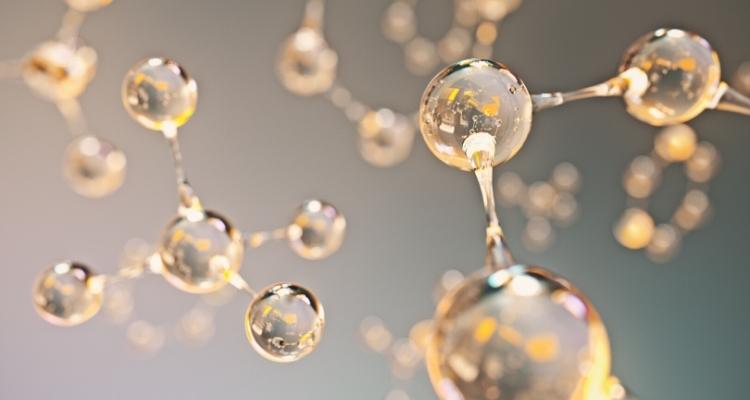Large molecule bioanalysis is a type of analytical process where a large therapeutic biomolecule is analyzed with the help of a biological matrix. Usually, the matrix being used here is either a blood plasma or a serum. The main benefit of the large molecule drug products is their applicability in the combating different disease indications and progressions. As the production of the large molecules is increasing daily, the process of CRO mediated large molecule bioanalysis is continuously growing.
Types of large molecule bioanalysis and their role in the drug development process –
The common types of large molecule bioanalysis are pharmacodynamic studies, pharmacokinetics, biomarker assays, and immunogenicity testing.
Pharmacokinetic large molecule Bioanalysis –
The pharmacokinetic molecule bioanalysis comprises both pre-clinical and clinical studies either in plasma or serum samples. Pre-clinical large molecule pharmacokinetic bioanalysis involves dosing animals with the test drug product under assessment. This is later followed by drawing blood samples at various time intervals. The isolated serum plasma is then shared with the bioanalytical testing laboratory. With the help of suitable bioanalytical techniques, the concentration of the drug product under analysis either in serum or plasma is analyzed. For large molecule bioanalysis, usually, enzyme-linked immunosorbent assay or Meso Scale Discovery assays are employed in assessing drug concentration.
Suggested:
Toxicokinetic Large Molecule Bioanalysis –
Pre-clinical large molecule bioanalysis has resemblances with the pharmacokinetic studies. First, the toxicokinetic studies are performed at higher dose ranges. This allows the toxic effects to turn out to be more apparent. The end-point of the toxicokinetic large molecule bioanalysis of a compound is accomplished at higher toxicological dosing levels for establishing acceptable drug exposure rates. The preliminary objective of the toxicokinetic bioanalysis is enhancing the efficacy of the drug under analysis by understanding the clearance drug bioavailability throughout the biological system.
Pharmacodynamic Large Molecule Bioanalysis –
Pharmacodynamic large molecule bioanalysis is the same as that for small molecule bioanalysis assessing the effect that the drug produces on the patients consuming it. This includes both the biochemical and physiological effects that a drug product produces on the biological system. This analysis helps in understanding the mechanisms of drug action i.e., how the drug product works at the biochemical level.
Immunogenicity Large Molecule Bioanalysis –
As large molecules are sufficiently bigger than the small ones, chances for the large molecules triggering Immune responses is much higher. Regulatory authorities prefer immunogenicity testing for clinical trials to ease the immune response’s characterization against that of the therapeutic one. Such studies are often referred to as ADA assays or anti-drug antibody binding assays. The reason behind naming this technique as ADA is that here the patient’s body produces antibodies when it encounters an exposure with the foreign drug product, thereby facilitating the detection and characterization of these antibodies.
Suggested: Everything you need to know about Family Systems Theory
As large molecule bioanalysis is not an independent discipline, the clinicians involved in the bioanalysis work closely with the specialists dealing with immunogenicity, statistical, and pharmacokinetic testing. This ensures that pertinent solutions and interpretations are developed in accordance with the requirements of the Good Laboratory Practises (GLP).

